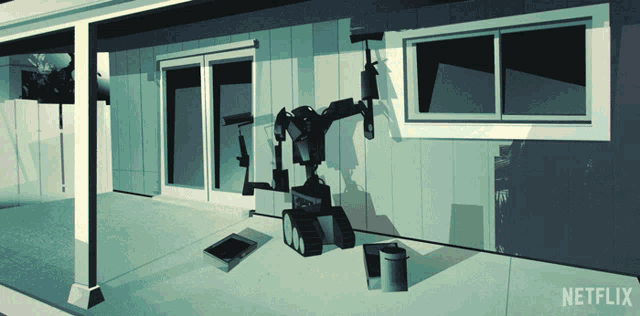If you have no debt, celebrate! But read this blog post anyway, since one fine day, you may owe some money. If you do have debt, I will walk you through a straightforward method to handle it, and eventually get rid of it. Let’s suppose you have student loans, credit card bills, and a car loan. Your actual debt profile may differ from this, but the principles of managing things is the same in any case.
A brief introduction
Student loans may be the lowest rate, though interest rates have fallen so much lately that your car loan may be about as low. Student loans are in the 3% range or a little higher currently. Some of these may have a fixed rate, while others have a variable rate. “Fixed” means that the interest rate will remain the same for the life of the loan. “Variable” means that the interest rate can go up or down over the life of the loan, depending on economic circumstances in the country.

A detailed breakdown
Let’s imagine a situation where you have $40,000 in student loans at 3% interest per year, due in 10 years, a $15,000 car loan, also at 3%, due in 5 years, and credit card debt of $5,000 at 16%, with no due date to pay off the balance, but a required minimum monthly payment due. Your first step is to lay out every loan you have, along with the outstanding balance, the interest rate, and the minimum payment you must make to keep each loan current. Add up all those minimum payments. That is what you must come up with every month in order to not damage your credit rating, incur late fees, and be harassed by bill collection notices. Your student loan will be about $386/month; your car loan will be about $270/month; and your credit card minimum payment will be about $75 (different cards calculate this figure differently). So, your minimum monthly debt payment is $386 + $270 + $75 = $731.
Next, suppose one month you have an extra $100 after all living expenses (including your debt!). What to do? There is an argument for putting that money away in savings (see the next blog). But let’s suppose here you decide you want to pay down debt. What you do is kind of a no brainer, right? Every $1,000 of credit card debt is costing you $160/year, whereas every $1,000 student loan or car loan costs you only $30/year in interest. So pay down the credit card! The general rule of thumb is easy to remember: pay off the highest interest rates first.
Once that credit card debt is retired, you will be left with student loans at 3%, and a car loan at 3%. So in this case, it really doesn’t matter which to pay down with your extra cash, right? Not necessarily. In my opinion, you need to consider who your lender is, and how flexible or inflexible they might be with you if you are in a jam. In this case, a bank with a car loan will not make nice with you. They are much more likely to be inflexible than a lender carrying a student loan, and on top of that, the bank with the car loan can repossess that automobile and wreck your credit. The student loan lender can also wreck your credit in extreme cases, but they can’t prepossess your education. In addition, student loans often have opportunities for forbearance and/or deferrals. They really do not want you write your loan off as a loss to them, so they are much more likely to negotiate with you to help you get past a difficult time. But you need to take the initiative to contact them if you need help.
Keep these tips in mind, when managing your debt
There you have it, the easy to say, hard to do principles of getting rid of debt: pay off the high percentage loans first, and the lower interest, flexible ones last, but always make sure you make the minimum payment each month on every outstanding loan.
Let me end this blog post with a question. Have you ever waited to buy something because you knew it was going on sale next month? That coat you want would cost $X today, but next month you would pay $X less 20% on sale. Easy decision, wouldn’t you say? Wait a month and save a bunch of money.
I ask this question because the relationship between going into debt and saving money is very much like the relation between rushing out to buy something today versus waiting for that sale next month. If you can wait to buy something until you have saved up the money to do so, rather than getting it immediately with your ever-handy credit card, you just saved yourself a bunch of money in the form of credit card interest you didn’t have t pay, and you saved yourself the stress that can come with remembering to pay that new monthly bill. Debt and savings are like twins that live in parallel, but opposite universes. For the debt twin, everything is the opposite of what it is for the savings twin. Savings can grow from a hill into a mountain. Debt can grow from a hole into a crater. Wise savings can empower. Unwise debt can disempower. Savings can help you relax a bit. Debt can make you really uptight.
As you may have guessed, it would be good to explore this amazing, “positive” universe of savings. So, next up: I will go into more detail about the main reasons one would want to put aside money.
If you are ready to start looking for your dream rental, start with Dwellsy.
Looking for more money management tips? Check out our other blog posts here.






